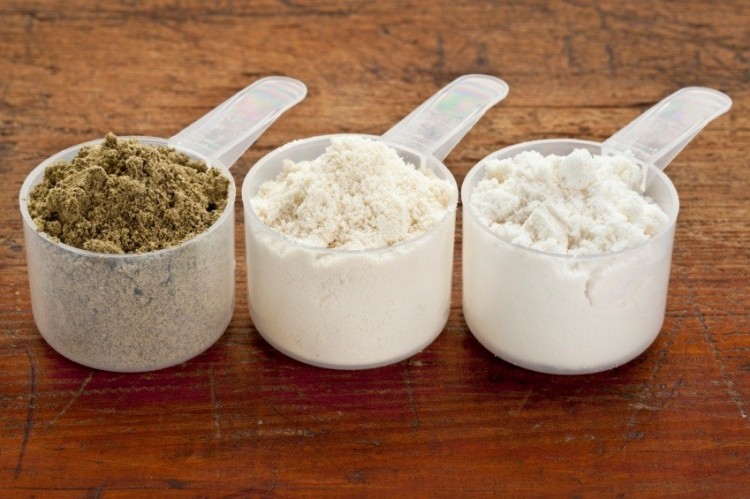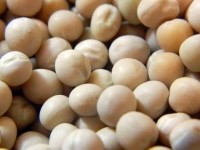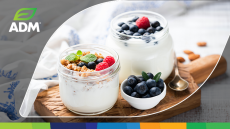Whey, pea protein suppliers team up for line of functional proteins aimed at sports nutrition

At the recent Expo West trade show in Anaheim, CA, Milk Specialties and World Food Processing highlighted their new whey/pea offerings. According to executives from both companies, who spoke with NutraIngredients-USA, this makes sense not only from a cost standpoint but also from a functional perspective.
Striking a balance
“For an athlete who’s looking for recovery, whey protein is playing the biggest role because of how the amino acids absorb. Whey is absorbed pretty much immediately,” said Tyler Lorenzen, president of World Food Processing. Lorenzen knows a thing or two about what athletes need, having played several years in the NFL himself. World Food Processing, which is based in Oskaloosa, IA, began more that twenty years ago as a plant breeding and processing firm, starting first with soybeans and working more recently to breed and supply varieties of peas that offer specific functional protein properties such as milder flavor and better blending profiles that are expressed in its PurisPea Protein ingredient.
Benoit Turpin, vice president of sales for Milk Specialties, said whey still rules the roost, but the new 50/50 blend with PurisPea addresses new needs in the market. Milk Specialties, based in Eden Prairie, MN, supplies a number of ingredients for human and animal nutrition.
“If you want a really fast loading protein you are always going to pick whey,” Turpin said. The usual choice to blend this profile out for formulators looking to delivery a more sustained protein punch in the past has been to blend whey in varying fractions with casein, the other main protein ingredient derived from milk. The two proteins absorb differently because the whey remains open in a long string of peptides in the stomach, the better to be snipped apart by enzymes and quickly digested, whereas casein clumps up in that acidic environment and isn’t digested much, if at all, until it reaches the more basic environment of the small intestine. The fact that these proteins fall at opposite ends of the absorption spectrum meant that there was room for another protein in the middle, Turpin said.
“Casein is a very slow absorbing protein,” he said.
“Pea is absorbed at a more sustained rate than whey, but it is much faster than casein,” Lorenzen said. This helps the ingredient hit the oft-mentioned 45-minute to 60-minute window after exercise, the time many sports physiologists cite as the optimal moment for protein delivery to stimulate muscle recovery and growth after a hard workout.
The provenance of the ingredients helps them address other aspects of the market that have come to the fore in recent years, the pair said.
Sustainability, functional features
“What’s nice about plant based proteins is their sustainable nature,” Lorenzen said. The company advertises its non GMO supply chain, and also offers organic varieties. In both the case of World Food Processing and Milk Specialties, the raw materials are sourced in the US.
“We’ve got the appeal two types of proteins, both plant-based and animal-based. And these are proteins that are grown and manufactured right here in the States,” Turpin said.
Milk Specialties was also showing technology that helps the new ingredient and other proteins function well in nutrition bar applications. Called BarSoft, the soy-free line of ingredients can give superior nutrition and digestibility to snack bar. The approach increases pliability and shelf life, Turpin said.
“The problem with most of the protein bars if you see them after 12 months they have become like a portable weapon. With our approach, we have had bars sitting for up to 10 months and they are still very pliable and pleasant to the bite. Proteins are very complex chemically. They have several layers of structure and what you want to do is to work with them so that they express their functional properties at the right time,” Turpin said.














